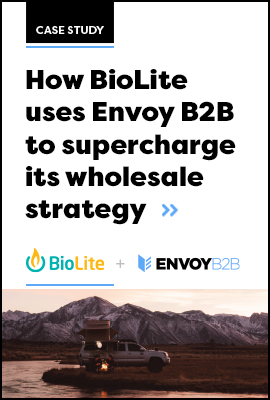Customer Success is a term that today is still widely misunderstood. In most of our daily interactions we talk about Customer Success like it has been around for decades and is a commonly understood concept. However, what we need to realize is that outside of SaaS communities, Customer Success is a relatively new or nonexistent concept, and it’s important to define what Customer Success is and is not.
Embraced by the entire company
We have all seen the explanations that start by listing what Customer Success is not. This includes support, account management, and free professional services. Alternatively, we often see opinions on what Customer Success is that includes those very ideas wrapped up in terms like Churn Reduction, Lifetime Value, and NPS. Often, we also hear the line “Customer Success is responsible for making 'Happy Customers.'” Customer Success is really so much more. In fact, we have all likely had “happy customers” that have churned.
There may be many different reasons for a customer to churn, but the point is, your goal should not only be to make them happy. This is going to seem obvious, but it’s all about making customers successful.
If a customer is successful from a “business outcomes achieved” perspective they will not leave you. The idea of aligning with your customer's success and helping drive business outcomes will cause organizations to rethink how every department operates and interacts with it’s buyers and customers. It is vitally important, however, that Customer Success gets buy-in from the top down and everyone in the company understands the impact their role has on customers.
A capability vs. role, department or service
Any type of company can benefit from proactively supporting users to achieve their desired outcomes. Especially when you consider existing customers generate a lot of additional revenue from referrals and advocacy.
However, customer success is even more important for SaaS companies that operate under a subscription based model. SaaS organizations must provide value and win your business every month, as opposed to the old model where the entire price is paid upfront for a product. Customers are free to cancel and switch to an ever-growing landscape of competitors.
This means a SaaS organization has a need to constantly provide worthwhile value. It is not an outrageous statement to say Customer Success can make or break a SaaS company in the subscription economy.
Salesforce figured this out in 2005 when they were acquiring customers at a stunning rate - but also churning customers at an equally staggering pace. They quickly realized that it didn’t matter if customer acquisition was through the roof if they were bleeding customers at a greater velocity. The solution that Salesforce discovered was to create an internal customer success group, focused on retention instead of acquisition, and task them with championing the customer’s success first and foremost.
What should you expect from a customer centric organization?
Now that we have a baseline understanding of what customer success is, and why there is so much value in a customer centric organization, what can you expect from Customer Success?
- A culture of thinking customer first
- Ability to identify, understand and align to customers goals
- Proactive engagement to drive adoption, positive experience and customer outcomes
- Renewal and expansion opportunity management
- Customer feedback loop and roadmap input
- Develop and expand customer relationships that lead to referrals and advocacy
The takeaway
We live in a subscription economy where more and more consumption happens “as a service.” This business model requires proactive management of customer relationships to provide sustainable value for your customers. In other words, Customer Success provides sustainable value for your customers. This leads to reduced churn, an increase in customer lifetime value, and drives loyalty to turn your customers into advocates.


